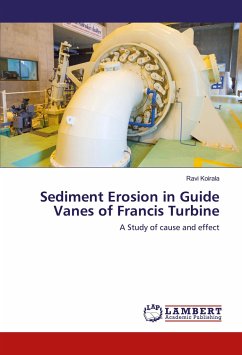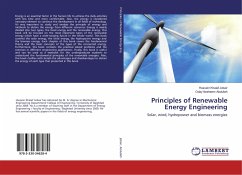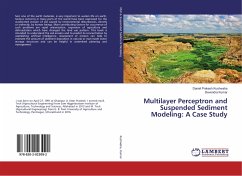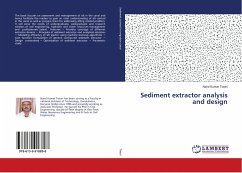Guide vanes are stationary component in Francis turbine that performs periodic movement though a pivoted support, in response to the change in flow or load. To allow this movement, small gaps are provided at top and bottom of vanes, called clearance gap. They are internally lined with replaceable or metal claded linings called facing plates. These vanes are externally controlled through pneumatic, hydraulic or electric actuator that responds to the change. Each vane is linked to each other through linkage mechanism, such that equal angular change occurs during actuation. In presence of sediment flowing with water, these designed gaps are eroded enhancing cross flow and leakage flow. In addition to it, erosion on vane faces deteriorates life and performance of turbine.
Bitte wählen Sie Ihr Anliegen aus.
Rechnungen
Retourenschein anfordern
Bestellstatus
Storno








